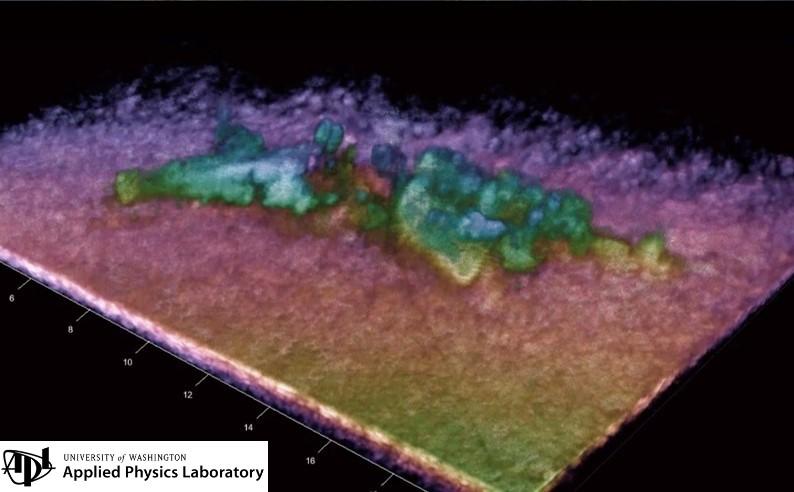
Credit: NTSB
The NTSB confirmed Sept. 12 that it has located the wreckage of the DHC-3 Turbine Otter seaplane that crashed in the Puget Sound off Whidbey Island, Washington, eight days earlier. Supported by the University of Washington Applied Physics Laboratory (APL) and the National Oceanic and Atmospheric...
Subscription Required
This content requires a subscription to one of the Aviation Week Intelligence Network (AWIN) bundles.
Schedule a demo today to find out how you can access this content and similar content related to your area of the global aviation industry.
Already an AWIN subscriber? Login
Did you know? Aviation Week has won top honors multiple times in the Jesse H. Neal National Business Journalism Awards, the business-to-business media equivalent of the Pulitzer Prizes.



